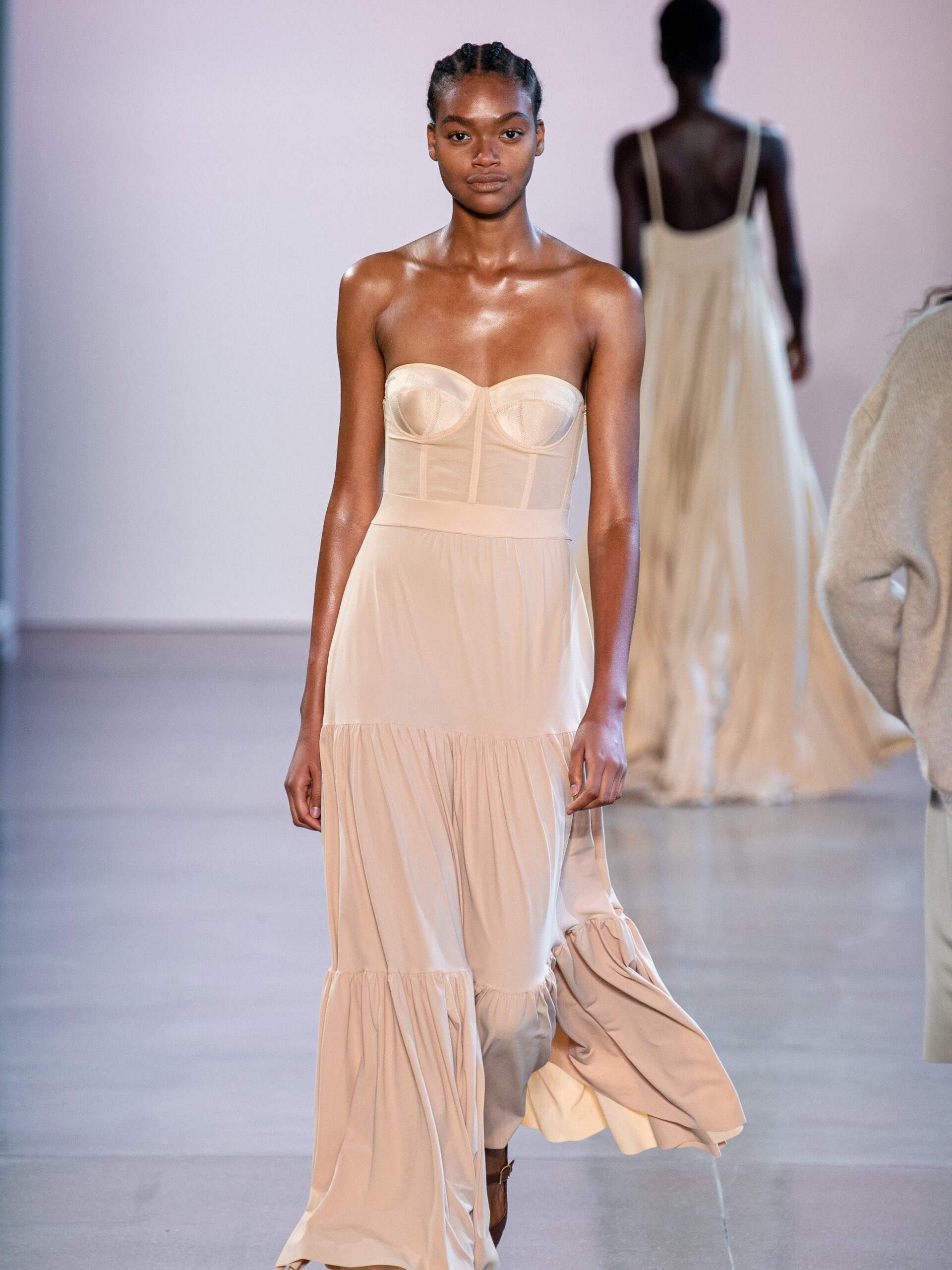Haute couture and ready-to-wear are the two main tiers of fashion that govern production and design. Haute couture is custom-made and exclusive, made from the highest quality materials, known for attention to detail, and exceptional design. Ready-to-wear is mass-produced, available in stores and online and aims to fit a broader range of sizes. Every season, designs are updated to reflect the latest trends. Haute couture is more expensive but has high-quality materials, impeccable craftsmanship, is environmentally sustainable and exclusive, while ready-to-wear fashion is affordable, mass-produced and more accessible to the general public.
Haute Couture vs. Ready-to-Wear: Which Fashion Tier Produces the Most Trendsetting Styles?
When it comes to fashion, there are two main tiers that dictate the design and production of clothing: haute couture and ready-to-wear. Both tiers have their unique features and benefits, but the question remains, which one produces the most trendsetting styles? In this article, we will compare and contrast haute couture and ready-to-wear fashion and see which one holds the crown for producing trendsetting styles.
Haute Couture
Haute couture, which translates to “high fashion” in French, refers to fashion that is custom-made and exclusive. These designs are created by high-end fashion houses and are made from the highest quality materials. Haute couture fashion is known for its attention to detail, impeccable craftsmanship, and exquisite design. They are one-of-a-kind pieces, made to measure for a specific client, and are often seen on the red carpet, at fashion shows, and in elite stores.
Benefits of Haute Couture
Haute couture fashion is often viewed as the crème de la crème of fashion. The benefits of this tier include:
- Exclusive: Haute couture fashion is one-of-a-kind, and only a few pieces are made each year.
- Customizable: Each piece is made to measure for a specific client, ensuring a perfect fit.
- Impeccable craftsmanship: Haute couture designs are made by skilled artisans who have years of experience in the industry.
- High-quality materials: Haute couture designs are made from the highest quality materials, making them last longer than ready-to-wear designs.
Disadvantages of Haute Couture
As with anything exclusive, haute couture fashion has its downsides:
- Cost: Haute couture designs are expensive, and only a select few can afford them.
- Time-consuming: Each piece is made to measure, which can take weeks or even months to complete.
- Unavailable to the mass market: Haute couture designs are not readily available to the general public, making them exclusive.
Ready-to-Wear
Ready-to-wear fashion, also known as prêt-à-porter, refers to clothing that is mass-produced and ready to be sold. These designs are made to fit a broader range of sizes and are manufactured in larger quantities than haute couture designs. Ready-to-wear fashion is typically sold in stores and online, and the designs are updated each season to reflect current trends.
Benefits of Ready-to-Wear
Ready-to-wear fashion has its benefits, which include:
- Affordable: Ready-to-wear fashion is more affordable than haute couture designs, making them accessible to a wider audience.
- Quick turnaround: Ready-to-wear designs can be produced quickly, making them readily available in stores.
- Mass-produced: Ready-to-wear designs are available to the mass market, allowing many people to purchase them.
- Trend-driven: Ready-to-wear designs are updated each season to reflect the latest trends.
Disadvantages of Ready-to-Wear
Ready-to-wear fashion has its downsides, including:
- Less attention to detail: Ready-to-wear designs are mass-produced, which means there is less attention to detail in the production process.
- Poor quality materials: Ready-to-wear designs are made from less expensive materials, which can affect the quality and longevity of the clothing.
- Lack of exclusivity: Ready-to-wear fashion is available to the general public, which means there is less exclusivity in the designs.
Comparison
When it comes to producing trendsetting styles, both haute couture and ready-to-wear have their strengths and weaknesses. Haute couture fashion is exclusive and customized, allowing for more attention to detail and the use of high-quality materials. Ready-to-wear fashion is affordable and trend-driven, making fashionable clothing accessible to the general public.
Sustainability
One thing to note when comparing haute couture and ready-to-wear fashion is sustainability. Haute couture fashion is more sustainable because the clothing is made to measure, ensuring a perfect fit, and is made from high-quality materials that will last a long time. On the other hand, ready-to-wear fashion is less sustainable because of the mass production process and the use of less expensive materials, which can result in poor quality clothing that needs to be replaced often.
Conclusion
While both haute couture and ready-to-wear fashion have their benefits and drawbacks, it is clear that haute couture produces more trendsetting styles. Its exclusivity, attention to detail, and high-quality materials allow for unique and eye-catching designs. However, ready-to-wear fashion still has a place in the fashion industry, as it is affordable and trendy, making it accessible to the general public. Ultimately, it comes down to personal preference and the occasion for which the clothing is being worn.
